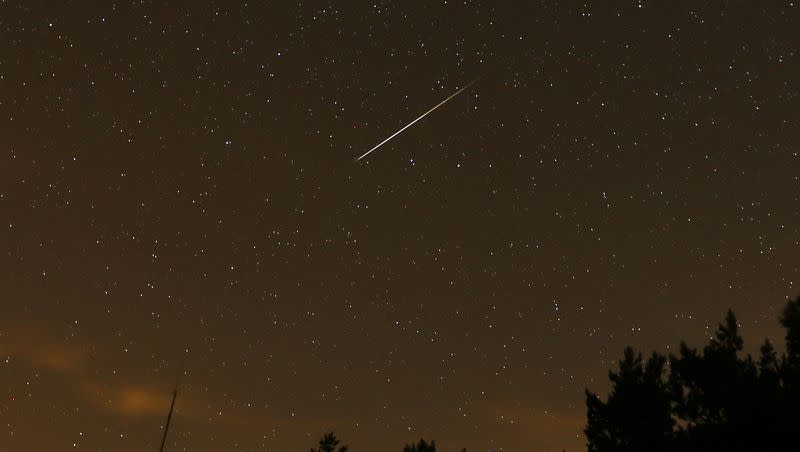Why you could see rare fireballs during a meteor shower this week

Look to the night sky this week and you could catch a rare glimpse of a bright fireball streaking across the sky.
The Southern Taurids meteor shower, which peaks Nov. 5-6, and the Northern Northern Taurids meteor shower, which peaks Nov. 11-12, are responsible for increased sightings of fireballs, according to the American Meteor Society.
What is a fireball and how can you see one?
A fireball is a defined by NASA as a meteor that is brighter than Venus.
You’ll know you’ve seen a fireball if it is brighter than any other object in the sky besides the sun or moon, according to the International Meteor Organization.
How to see the Taurid meteor shower
The Taurid meteor shower includes both the Southern Taurids and the Northern Taurids, both of which are currently active. When both showers are active simultaneously, there is a “notable increase in the fireball activity,” per the AMS.
Related
Both Taurids are active now, with the Southern Taurids shower ending on Dec. 8 and the Northern Taurids ending Dec. 2.
Look to the night sky on a clear night or early morning, and you can see around five meteors per hour. And if you’re lucky, you may get the chance to see a fireball ablaze in the sky.

